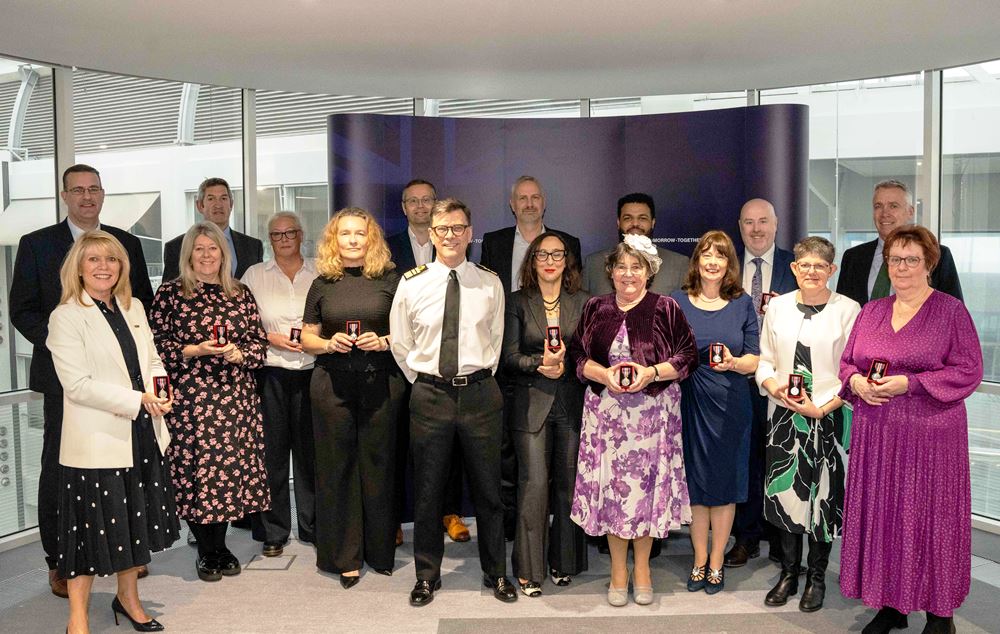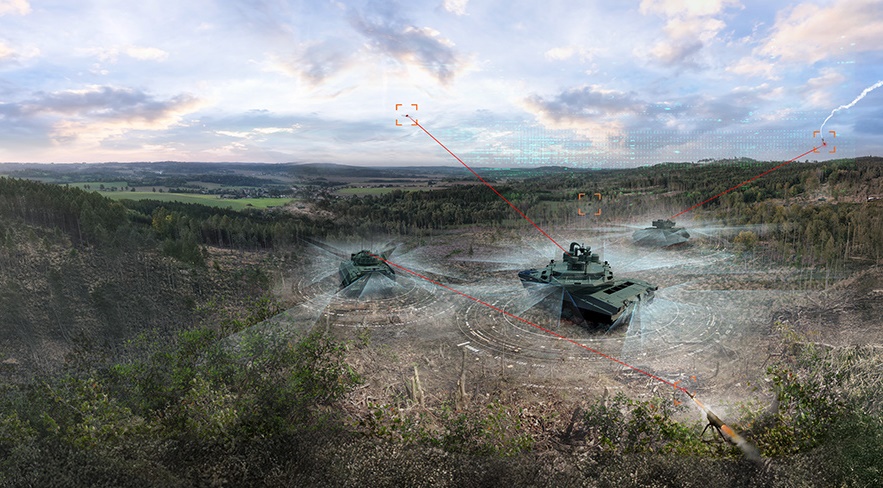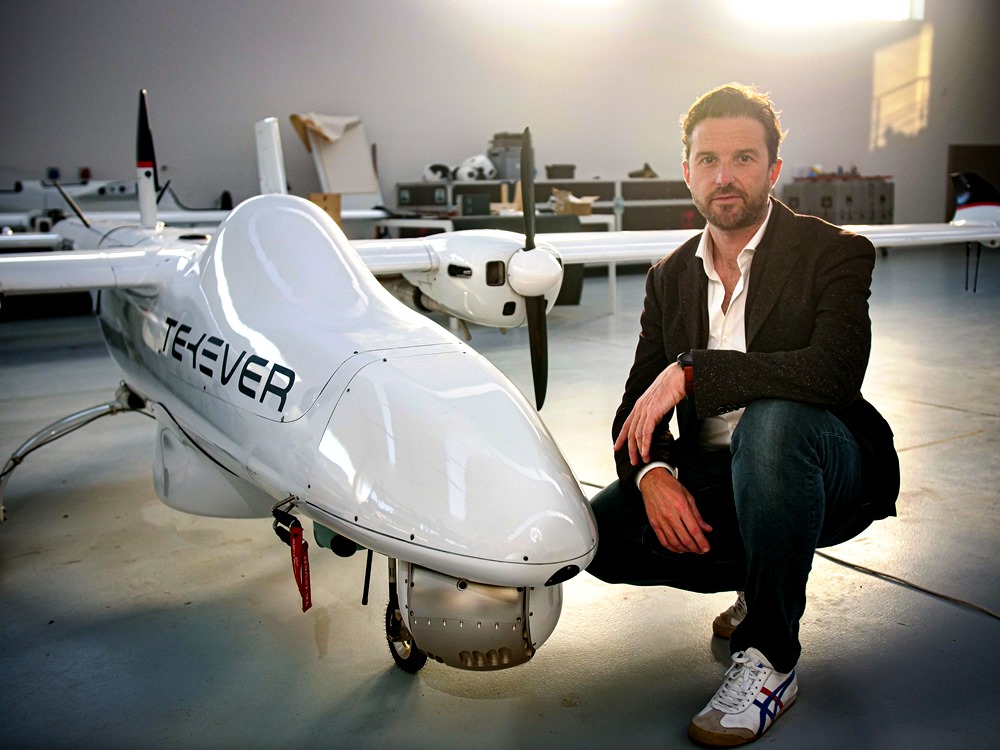Hunter proof-of-concept mast set-to-work begins

Image courtesy BAE Systems
While the Hunter class frigates are being built at the Osborne Naval Shipyard, BAE Systems Australia’s Henderson team is using their decades of experience in building aluminium masts for the Anzac class frigates – namely Anti-Ship Missile Defence (ASMD) and SEA1448 projects – to apply the latest mast manufacturing techniques for Australia’s newest class of warship.
The first steps have been taken, with the manufacture of eight different types of jigs, which are individually purpose-built constructions that support the different components of the mast throughout the manufacturing process.
Each Hunter class frigate is made up of 22 blocks, or sections and 21 of these will be constructed at Osborne, while the remaining one – the mast – is planned to be manufactured at Henderson and then shipped to Osborne for installation.
The mast will incorporate CEA Technologies’ CEA phased array radar, giving the ships a world-class detection system.
After completion of the jigs, the proof-of-concept mast will begin construction in early 2024, with a project team made up of Design Engineers, Manufacturing Engineers and tradespeople from Melbourne, Osborne and Henderson – including Defence Industry Pathways Program (DIPP) student Tom Morris, who is only a few months into his rotation at BAE Systems Australia.
Sustainment Director for BAE Systems Australia – Maritime, Greg Laxton, said: “Our years of sustaining and upgrading the Anzac class has built up a wealth of knowledge at Henderson in mast-building and the application of this expertise on the Hunter programme is a great example of BAE Systems Australia being able to leverage capability across multiple sites.
“Our people are key to the success of our programmes and the collaboration across different functions and in different states, is a testament to the specialised skills our people have.
“This is a great example of our Continuous Naval Shipbuilding strategy in action – we are sharing work across multiple sites to support jobs and growth in different states, as well as minimising risk.”
DIPP student, Tom Morris, said: “The opportunities provided by the Defence Industry Pathways Program are allowing people like me to get their start in the Defence industry.
“It’s incredibly exciting to be involved in such a big and important project right from the start of my rotation here – I’m getting real-world experience and being guided by experts in the field.”











